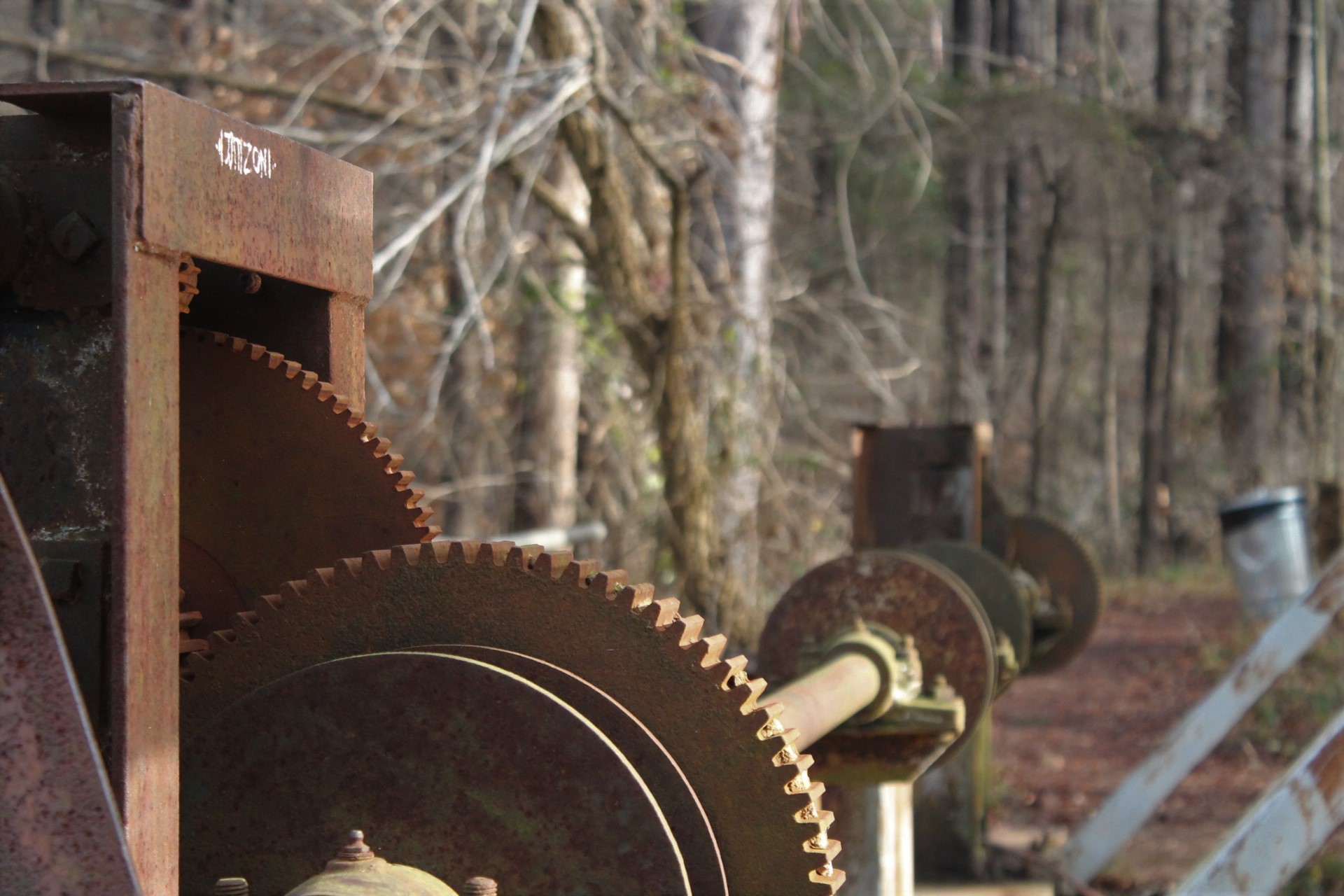Every Northwood student has spent at least some time on the running track and football field behind the school. It is a familiar and recognizable part of the Northwood landscape. What is usually overlooked is a link to the history of Pittsboro and the region as a whole. Situated just a few feet past the entrance to the track is a small brick pillar, just a few feet tall that bears a metal plaque that lists the donors who helped fund the construction of the track back in 1968. Reading this list is like looking back at the Pittsboro of years past, with a significant portion of the corporate donors being textile companies like Chatham Mills.
When this region was settled in the 1700s by English Quakers, it was the Haw River that drew people to the area. It provided transportation and water for those early settlers, making the area prime for the settlement of the small farming communities that would come to be the basis of the local economy.
It wasn’t until the 1800s that the full economic potential of the Haw River was tapped by the local communities. The opening of new water-fed mills in places like Bynum and Saxapahaw and series of agricultural depressions led many to leave the farming life for jobs in the new mills. Towns like Bynum were created to house these workers and businesses like the Bynum General Store were opened. The mills produced a variety of textile products, such as Chatham Mills which produced labels for clothing. These mills helped grow the local economy in the region and on a wider scale, the entire state. At one point North Carolina was the second largest textile manufacturer in the United States. However, this would not last.
As with the shift from agricultural to industry, the economy of Chatham County would again move away from the textile mills. As international trade increased, so did the competition from places like China, which could undercut the prices of textile production centers like Chatham County. The Bynum mill closed in the 80s and by the 90s most of the mills in the region had closed their doors. This left many out of work and many small communities without a primary economic diver.
Though the days of the textile mill have definitely ended in Chatham County traces of the past remain. The dam that was built to feed the millrace for the Bynum mill is a common sight for anyone crossing the Haw River along 15-501 and it still serves as a reservoir for the Pittsboro’s water supply. The area around the dam has been redeveloped as a park and water access. Bynum itself has redefined itself as a town of folk art and bluegrass with local celebrity Clyde Jones’ colorful critters and the popular Bynum Front Porch music series. In Pittsboro, the Chatham Mills building now houses a co-op grocery, a church, a restaurant, and other commercial spaces.
There are some long-time residents of the area that have seen these changes come and go, such as Ed Maready, a man who has been in Chatham County for over 50 years.
“It’s changed quite a bit [with new development], people from other parts of the world, from other parts of the country have come [to Pittsboro].” said Maready. “I think Pittsboro is going to really flourish, I meet people every day, they come in from the south and west and they seem to really like the area.”
Another wave of change is on the horizon with the Chatham Park development, which is supposed to redefine the Pittsboro area with new commercial and residential construction. Even though Pittsboro will swell from 3,000 residents to over 60,000, the past will still have a place in town. This one-time, farming community, turned mill hub, and soon-to-boom town, has a strong connection to its past and, as long as places like Chatham Mills and Bynum are cherished, will continue to be rooted in what has come before.
Sources
http://www.historync.org/textiles.htm
https://www.chathamnc.org/about-us/history-of-chatham-county
-By Josh Eisner



